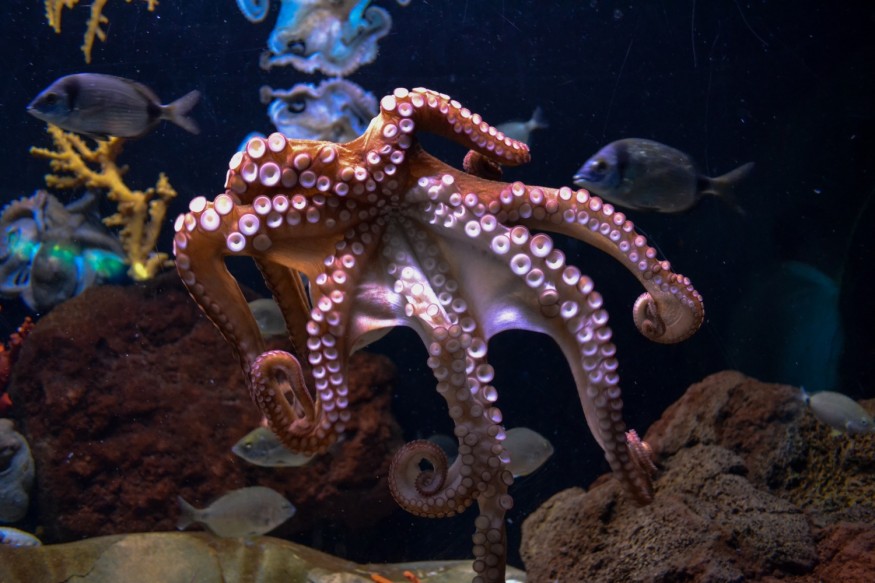A rare discovery was recently made in the Pacific Ocean off Costa Rica, where researchers caught an active octopus nursery. As such, this was just the third known example of brooding animal sites involving large numbers of creatures.

Active Octopus Nursery
According to CNN, the active octopus nursery was found in the Pacific Ocean off Costa Rica. The brooding site was located two miles beneath the surface.
This resulted from a three-week expedition, where scientists spotted hundreds of octopuses. According to Axios, the scientists boarded the Falkor research ship from the Schmidt Ocean Institute when they discovered the nursery while trying to sample ocean-floor low-temperature hydrothermal vents.
Scientists watched the octopi babies hatch at the Dorado Outcrop, which was reportedly the size of a soccer field. The site was located 2,800 meters underwater, nearing the twilight zone.
The location of the brooding site was described as one of six underwater mountains surveyed by the ROV SuBastian, an underwater robot. Beth Orcutt, a senior microbiologist, and Bigelow Laboratory for Ocean Sciences research scientist, led the expedition.
Jorge Cortés, a researcher from the University of Costa Rica's Center for Research in Marine Sciences and Limnology, joined Orcutt in the expedition. Orcutt said they could see how certain broods were waiting to pop.
Aside from the octopi hatching, the expedition also captured tripod fish, rays, coral gardens, and other footage of deep-ocean specimens.
ALSO READ : Elephants Evolved To Develop Anti-Cancer Genes; the Secret Could Be Found in Their Hot Testicles
New Discovery Clarifies an Old Mystery
CNN shares that a previous instance where scientists tried to observe octopus hatching habits saw 186 eggs on the footage, but they didn't develop embryos. During that time, the scientists wanted to find evidence of low-temperature vents but didn't see successful brooding.
Orcutt, who was part of the earlier expeditions, said they wanted to return to Dorado and investigate further. This was when they found an active nursery and witnessed baby octopi being born.
Notably, the researchers found a smaller octopus nursery in similar conditions. As such, it was also located on a low-temperature hydrothermal vent.
However, the smaller octopus nursery was spotted on an unnamed seamount.
New Species Possibility
CNN highlights how the discovery could suggest evidence of certain deep-sea octopus species looking for low-temperature hydrothermal vents. As such, these conditions would be searched for specifically for brooding eggs.
This could be due to warmer fluids providing egg development advantages despite lower oxygen levels. Janet Voight, an octopus specialist and Chicago's Field Museum's associate curator of invertebrate zoology, clarified that it is yet to be understood why octopuses were attracted to that place.
Voight suggests it could be out of the octopus searching for warmth or other reasons they still don't understand. The specialist speculates that the octopus population could be in a healthier habitat than the footage shows.
Check out more news and information on Animals in Science Times.
© 2025 ScienceTimes.com All rights reserved. Do not reproduce without permission. The window to the world of Science Times.












